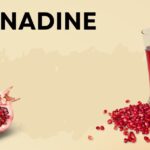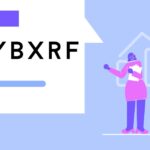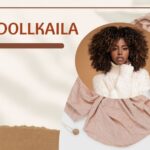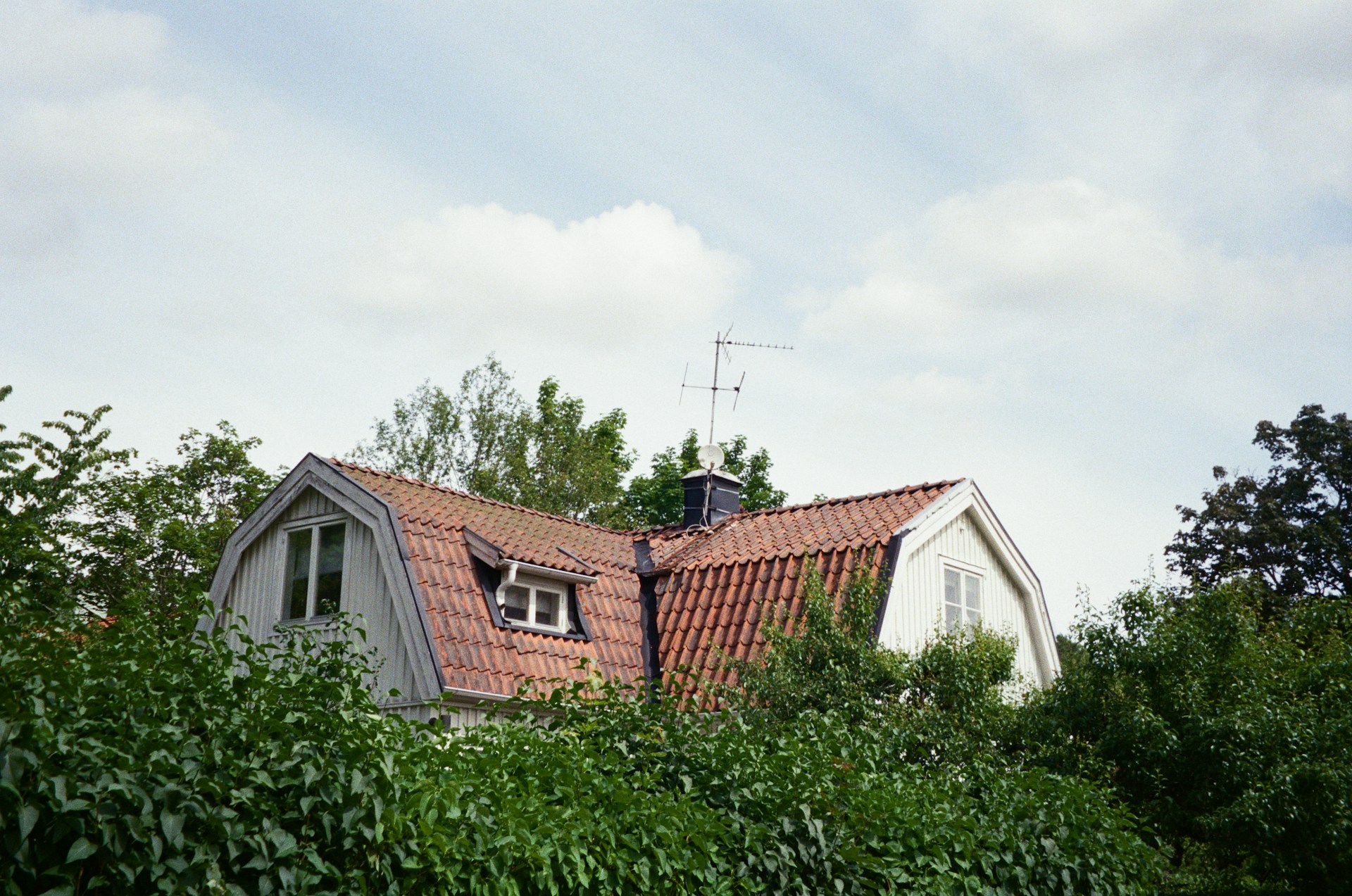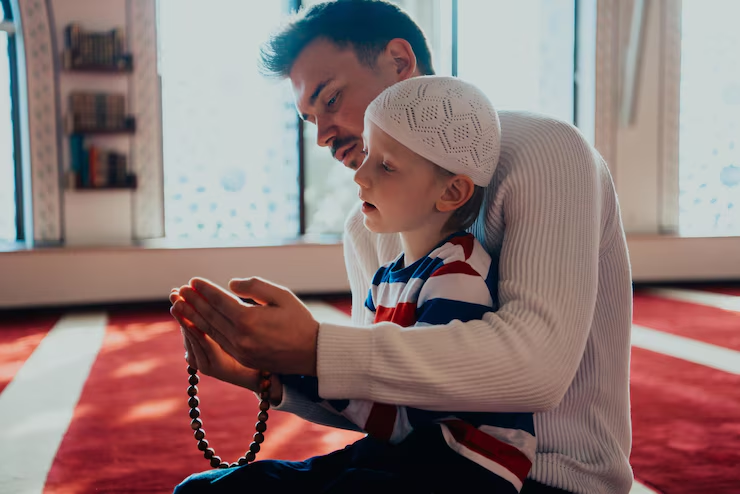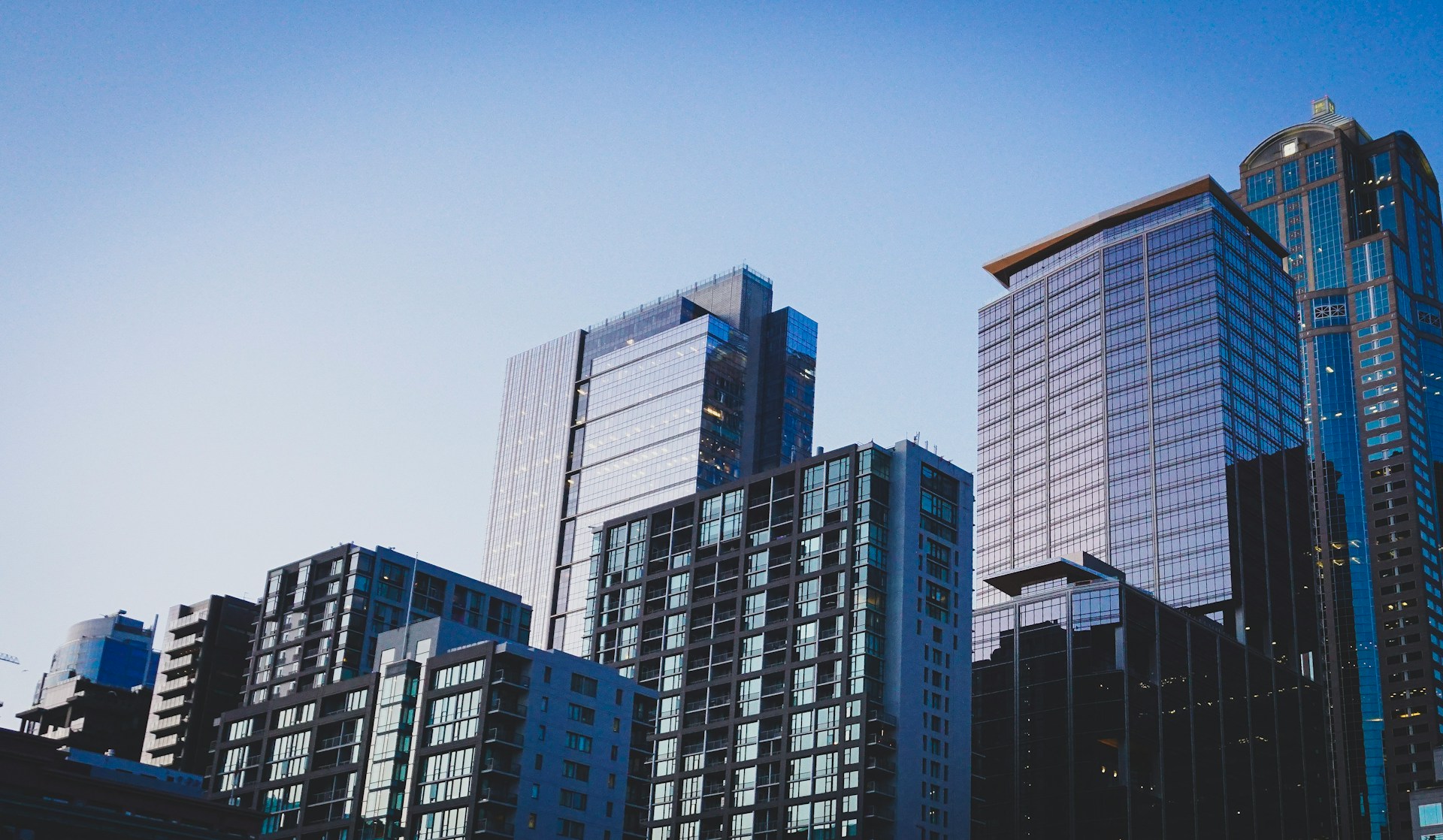I’ve made a routine of starting with the weather. It is cooler, but the sun is still shining brightly outside my window. This is rare. These days it has been quite gray, though still warmer than I am used to this time of year.
There are only a few dozen hours of 2017 left, and as a year comes to a close, there is always this pressure to reach a kind of resolve, a feeling of finality. But I am not ready to reach a conclusion, and I wonder if I am ever.
Between the minutes it has taken me to write these last sentences and this present moment, the sun has disappeared behind the clouds, and I am listening to heavy droplets drip from the overhanging balconies where families hang their laundry to dry. Things change quickly with no notice. It is bizarre to me that Halloween has passed, Thanksgiving has passed, Christmas has passed without my recognition. These American holidays hold no weight here and I am left in a haze, unclear what time of year it is.
My exhibition, to take a line for a walk, opened a few nights ago. Preparing for the exhibition was a wild chase, pulling together those various threads that until last week were swimming untethered in my head.
The work accumulated these past months have been various drawings of the objects in my living space, the fruits and flowers that I’ve tasted for the first time. They are rather insignificant things — dried flora sitting on the dining room table, pills that I’ve acquired through multiple colds, old socks gifted to me five years ago that I finally needed to let go — as holes tore through the heel and toe. My daily interaction with these inanimate things have informed my small woven tapestries made on a simple homemade frame loom. But besides this nebulous art practice, I have been weaving with my Atayal teacher, Sayun Yuraw. While working with her, I absorb as much I can of the techniques and withhold my own creative impulses. I know that the next semester, as a Visiting Artist at Tainan National University of the Arts, I will have the opportunity to indulge those impulses, but as for now, my main priority is to learn as much as I can.
Before Christmas, I went with Sayun to her hometown in Nan’ao, another primarily Atayal community on the northeastern coast of Taiwan. Her extended family warmly welcomed me and made me a meal of chicken soup brewed with millet wine. I never thought I could get drunk on chicken soup and yet there I was quite buzzed and the main attraction for my teacher’s sister’s six year-old great grandson. He would ask me how to say everything in English and found it all to be hysterical, and it really was! Pencil, television, eyeglasses, Justin Bieber — it was all novel.
I don’t believe in boundaries, the separation between work and life. My personal life bleeds into my professional life, and vice versa. I don’t know how to compartmentalize my thoughts and it gets murky, switching hats all the time, depending on where I am, who I’m around. Reading Durga Chew-Bose, Too Much and Not the Mood, I found that I could relate to the writer’s experience: “I am first-generation and, in turn, proficient at splintering who I am in order to accommodate everyone else’s environment” (160). I too am maybe too proficient at the skill of self-splintering, and this is what I mean by goo goo. What happens when you only understand yourself as fragments, a simmering stew of chopped ingredients? In the stew of my brain, there are no walls dividing the different broths, like in those fancy hot pot pots that my family would gather around for Thanksgiving dinner back home in the States.
So now what do I do with this goo goo stew? Is there a recipe, some organizing logic, or set of parameters? For me, order and meaning come through routine, through “performing the rituals of the ordinary” (16), as Marilynne Robinson put it in her novel, Housekeeping. Perhaps what appeals to me most about the myth of Sisyphus is this Sisyphus rolling that boulder up the hill over and over again — that repetition, that routine.
Maybe for me, my disparate parts are made whole, made one, through routine, hence why I gravitate towards heavily process-based crafts, like weaving. Learning how to shred the stalk of a ramie plant to harvest its fibers, to then spin the fibers into useable threads, and to dye the threads using the red pigments from an inedible root plant, I see the individual measured procedures that complete a piece of cloth.
A weaving is composed of repetitive actions; it is a field of lines. The entwinement of thousands of warp and weft threads create cloth, much like the thousands of steps we take in our lives, the places we have been, the things we have seen, create who we are. I want my works to recreate a kind of presentness that one might experience on a walk or through the act of weaving. The movement of each step or the passing of the shuttle back and forth activates one’s engagement with the tactile world. And this is what I want goo goo to do. If we are made aware of our goo, our inner stew, will we pause to appreciate the fine composition of this increasingly precarious world we live in? Will we see our own reflection in the gravel beneath our feet, in the leaves that brush our hair as we go for a walk? If we can see our own fragmented parts, will we let ourselves feel empathy for one another?


